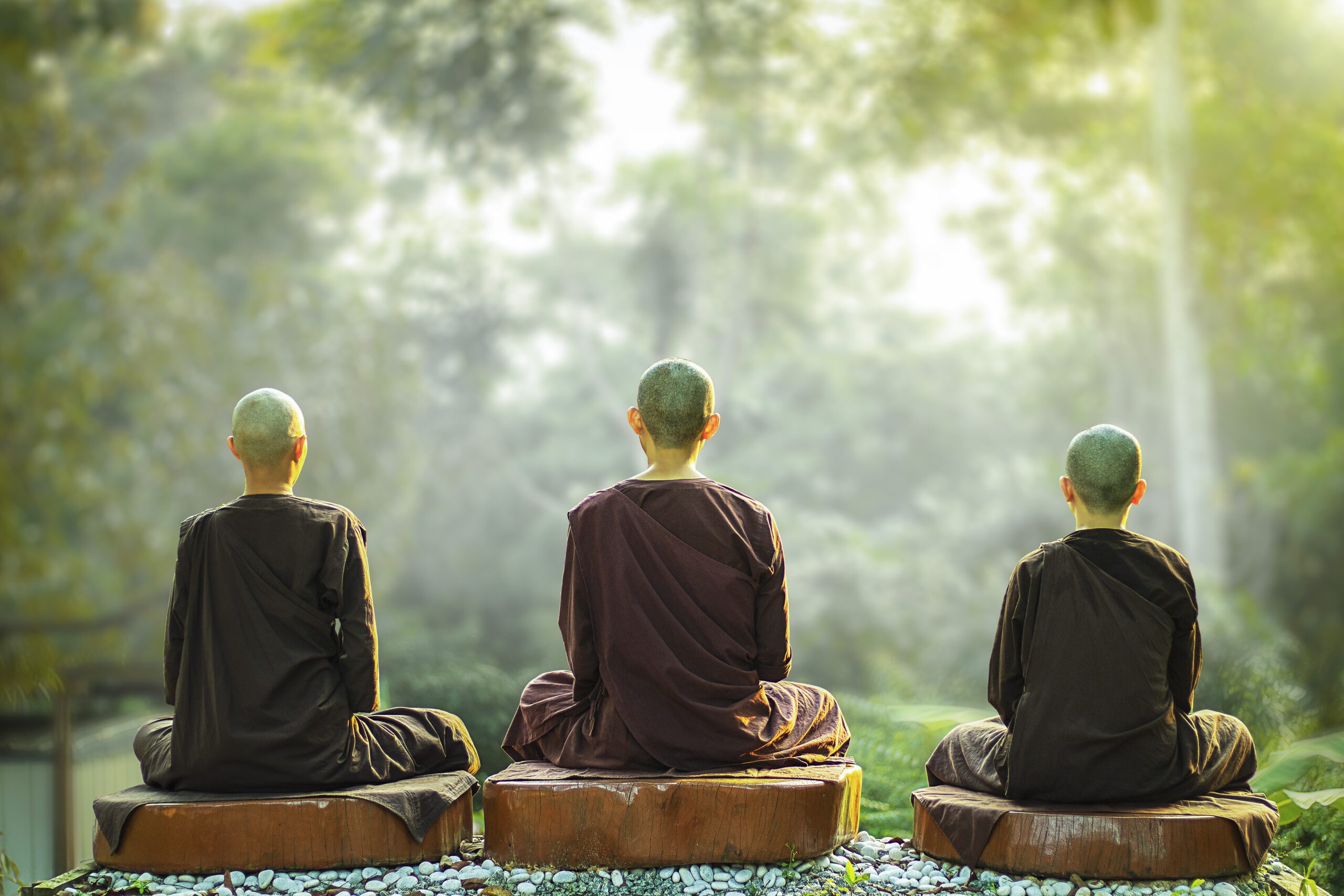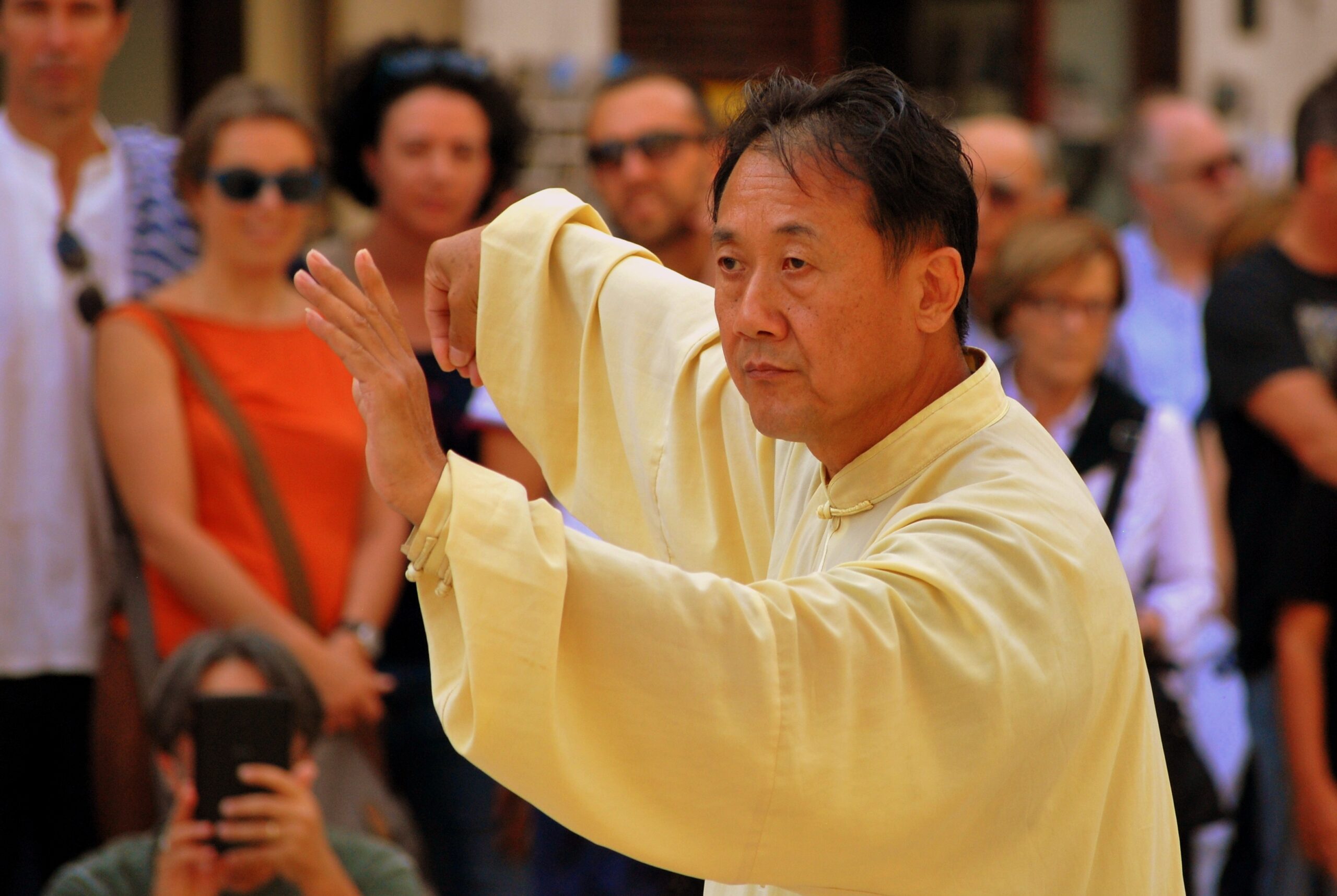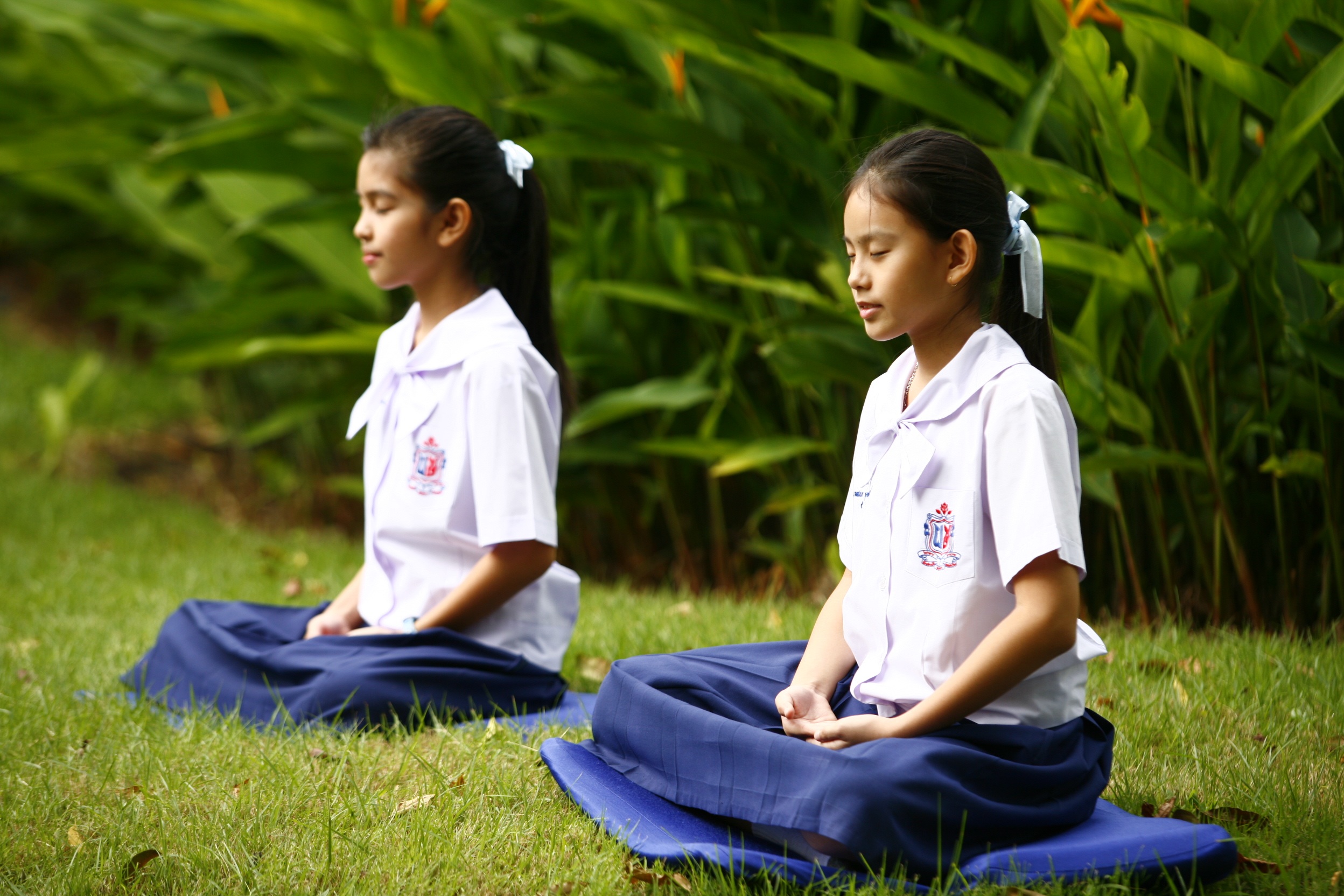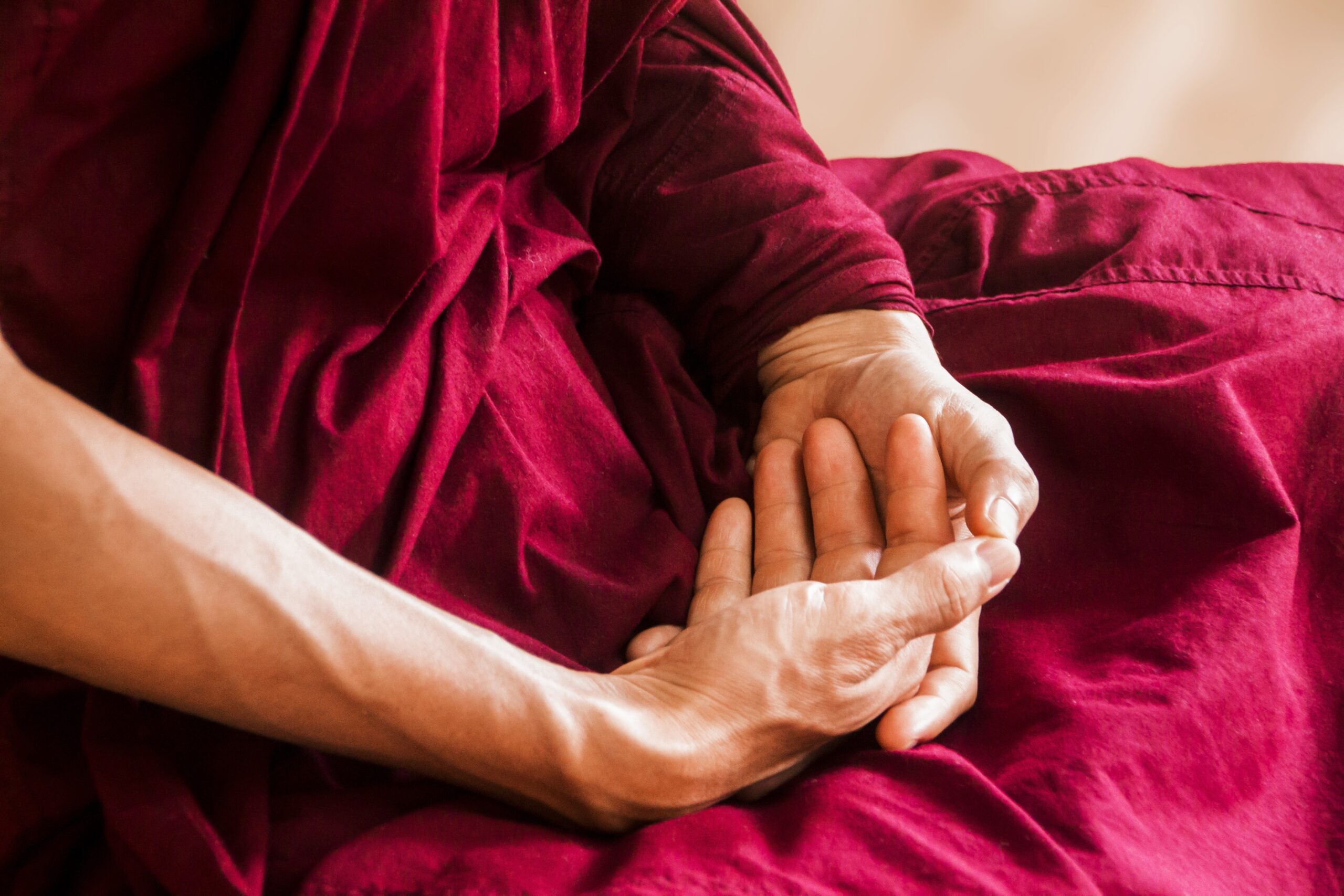Objects of Concentrative Meditation
The most common of meditation techniques, concentrative meditation uses candles, guided imagery, incense and other paraphernalia to help you focus and visualize better during meditation. Here are some important considerations when utilizing these tools.
First of all, are you a sensual person? Do you rely heavily on sensations or external stimuli to help you target your concentration? If not, these tools can be more of a hindrance than an aid.
Candles and images are visual aids that require the practitioner to meditate with eyes open. If you are not a visual person, this may actually prove distracting. Some people, like myself, actually do better meditating with eyes closed.
Although I am a very visual person and get into the zone fairly easily, I do meditate more effectively when my eyes are closed and my yi consciousness is targeted within instead of relying on external stimuli.
If you are not sure whether guided imagery, candles and other visual stimuli will work for you, you can try each concentrative meditation technique to see which is most comfortable and facilitates your ease of concentration.
Remember, what works for one person may not necessarily work for you.
However, before proceeding any further, please read the Disclaimer if you haven’t already done so.
If you are indeed a visual person, you can use candles, mirrors, photographs or other images and visual paraphernalia as aids for your concentrative meditation and visualization.
If you are sitting down on the floor, place the item of focus in front of you about a foot away so that your eyes fall 45º when directed down at the object.
If you are sitting on a chair or standing up, you will need to place the object on a table or counter in such a way so that your eyes are directed to it, again at a 45º downward angle.
The second thing to consider concerns the type of guided imagery to use. These include photographs, posters, slides and other types of imagery, imagined or in tangible form.
Always select guided imagery that is soothing such as a quiet lake or garden scene as opposed to an exciting sports competition or a bustling downtown market. You want something that is both pleasing to the eye and calming to the mind.
A third thing to consider in concentrative meditation is visualization. Visualization is essential in when meditating because it helps direct the yi consciousness, the single most important ingredient in guiding the internal neidan chi energy.
One of my friends once complained to me that he could not “visualize” because he was not a visual person and therefore, could not mentally “see” anything. Yet he was very good at meditating.
To understand how this is possible, you should understand that visualization is not necessarily a process of “seeing mentally.” Visualization in chi kung/qigong cannot be equated to seeing but is better described as the act of conceptualizing or imagining something into being.
For example, if the chi kung/qigong concentrative meditation technique requires that you “visualize” the chi becoming very hot and concentrated in the Dantian as in dantian or chakra contemplation, then you might imagine or conceptualize by doing one of the following:
- see a large cauldron of chi fire burning intensely just below your navel;
- feel intense, but not uncomfortable, heat burning just below your navel.
Note that only one of these two visualization exercises involves a mental picture, while the other is basically a tactile sensation. In other words, visualization is not about “seeing” but about imagining whatever concept on which your mind is concentrated.
Specifically, in chi kung/qigong, we conceptualize the vital chi energy as a life-giving energy force that can be a blue healing fire or a red energizing one if we want to create a mental picture.
It can also be a rhythmic humming, drumming, ringing or even roaring sound if we create an auditory concept, or the subtle fragrance of a tropical flower for our olfactory senses.
It can also be refreshingly cool, healing water or an intensely hot electrical current if we want to create a tactile stimulus. No pun intended, but you get the picture.
Thus, external objects like incense and aromatherapy oils can also be a visualization aid. While flowers can also be visual stimuli, they can also appeal to our olfactory senses, along with incense and fragrant oils, helping us to focus our zero in on a target during concentrative meditation.
Again, their effectiveness as a means of concentration would depend on whether you meditate better by attending mentally within or on kinesthetic objects without.
When choosing incense or other fragrant items, choose something that is subtle and not too overwhelming to the senses. Remember, you want it to help you concentrate, not act as another form of distraction.
There is no one correct meditation technique. What works for one practitioner may not work specifically for you. And what works effectively for you does not necessarily apply to others in the same way.
Experiment so that you can decide how best to concentrate when you meditate: try one technique for at least ten minutes every day for a few days before attempting another technique.
If you are able to practice concentrative meditation consistently for at least ten minutes to half an hour at a time, then you have found the means most suited to your situation. In time, you may even find multiple meditation techniques that work for you. The only way to know is through experimentation and with patient, consistent practice over time.




